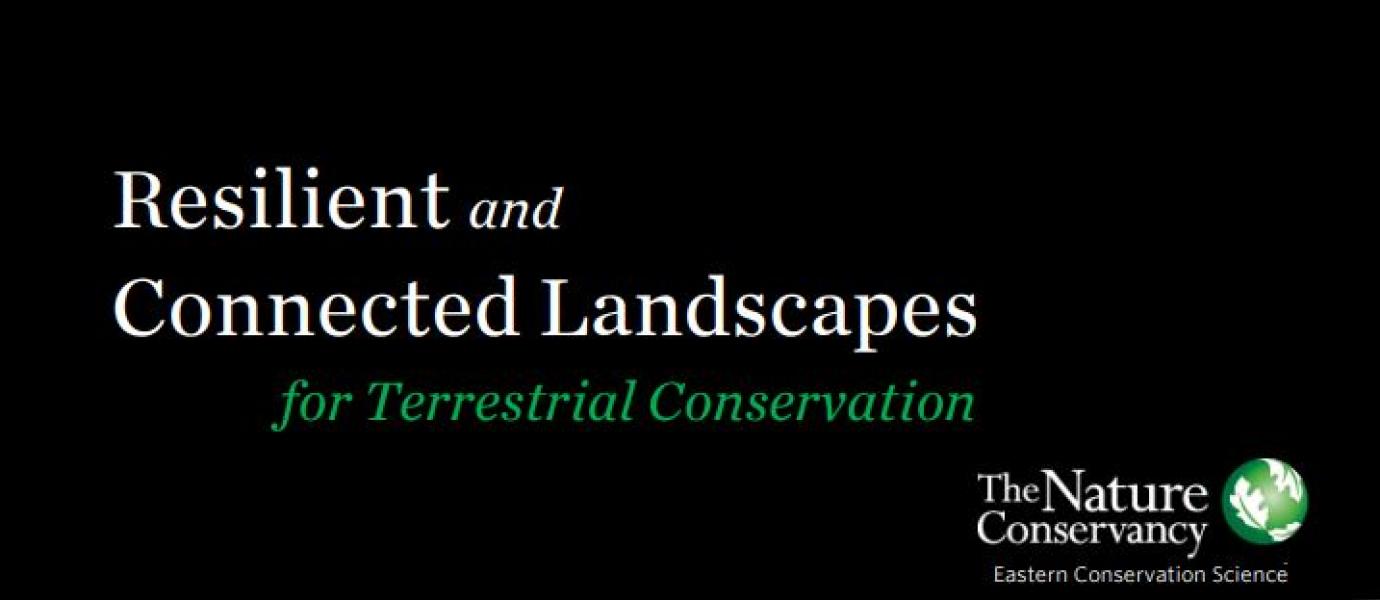
The Nature Conservancy
Highlights resilient areas of diverse geology and topography, and the nature of their connections, with national coverage (excluding HI and AK).
- Tailored report via an Online mapping tool
- GIS data
The online map viewer is readily usable. Access to, and familiarity with, GIS is required to explore downloaded data.
The Nature Conservancy’s Resilient & Connected Landscapes (RCL) project created a comprehensive map of resilient lands and significant climate corridors across the bioregions that make up the contiguous 48 states. RCL is a conservation blueprint that aims to ‘conserve the stage’ by highlighting areas with high abiotic diversity and connectivity. It identifies the set of diverse and connected places that, if conserved, will ensure a high level of biodiversity and healthy ecosystem processes in a changing climate. RCL includes a connectedness metric from CAPS (Conservation Assessment & Prioritization System)/DSL (Designing Sustainable Landscapes) and combines it with an analysis that highlights areas with high landscape diversity.
The focus of RCL is not on conserving ecosystems as they exist today, but to ensure that future ecosystems, perhaps novel ecosystems, will include a diversity of niches, and thereby support a high level of biodiversity. The Resilient Areas prioritized by RCL may not always be large, contiguous blocks of undeveloped land, but will generally have high landscape complexity combined with high interconnectivity. RCL also identifies areas of Flow, the predicted movement of species’ populations over time in response to climate change. Climate Corridors are narrow zones of highly concentrated flow, often riparian corridors or ridgelines. Climate Flow Zones are broad areas of high flow that are less concentrated than the corridors, and typically occur in what are now, intact forested regions.
RCL includes two conservation designs (plans): Resilient and Connected Landscapes, and Prioritized Resilient and Connected Landscapes. In addition, assessment data (Resilient Sites, Regional Flow, and Amount of Carbon Storage) are available for use in the development of conservation plans for specific interests or geographic areas.
Learn more about the terms used in this tool profile from the Glossary.